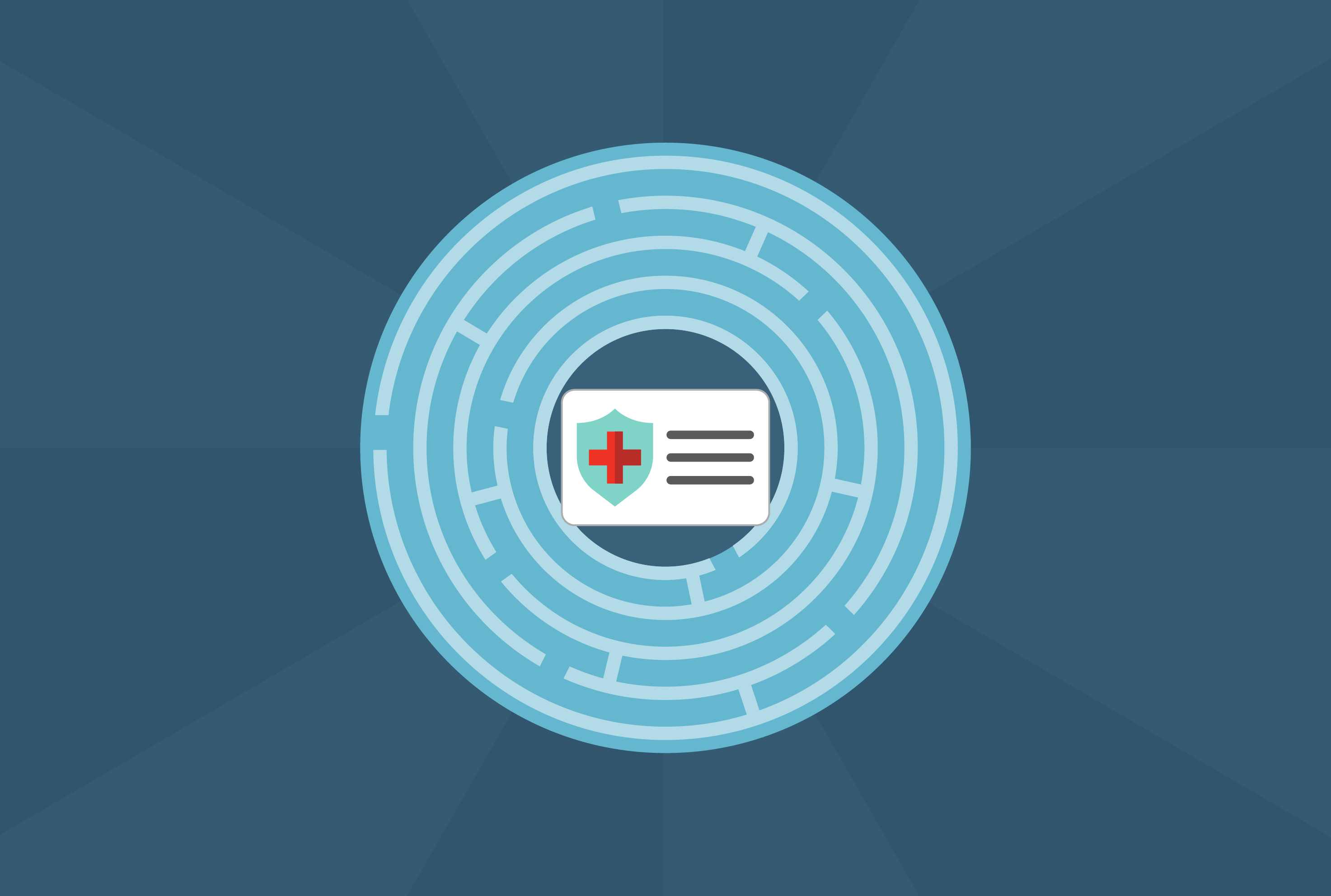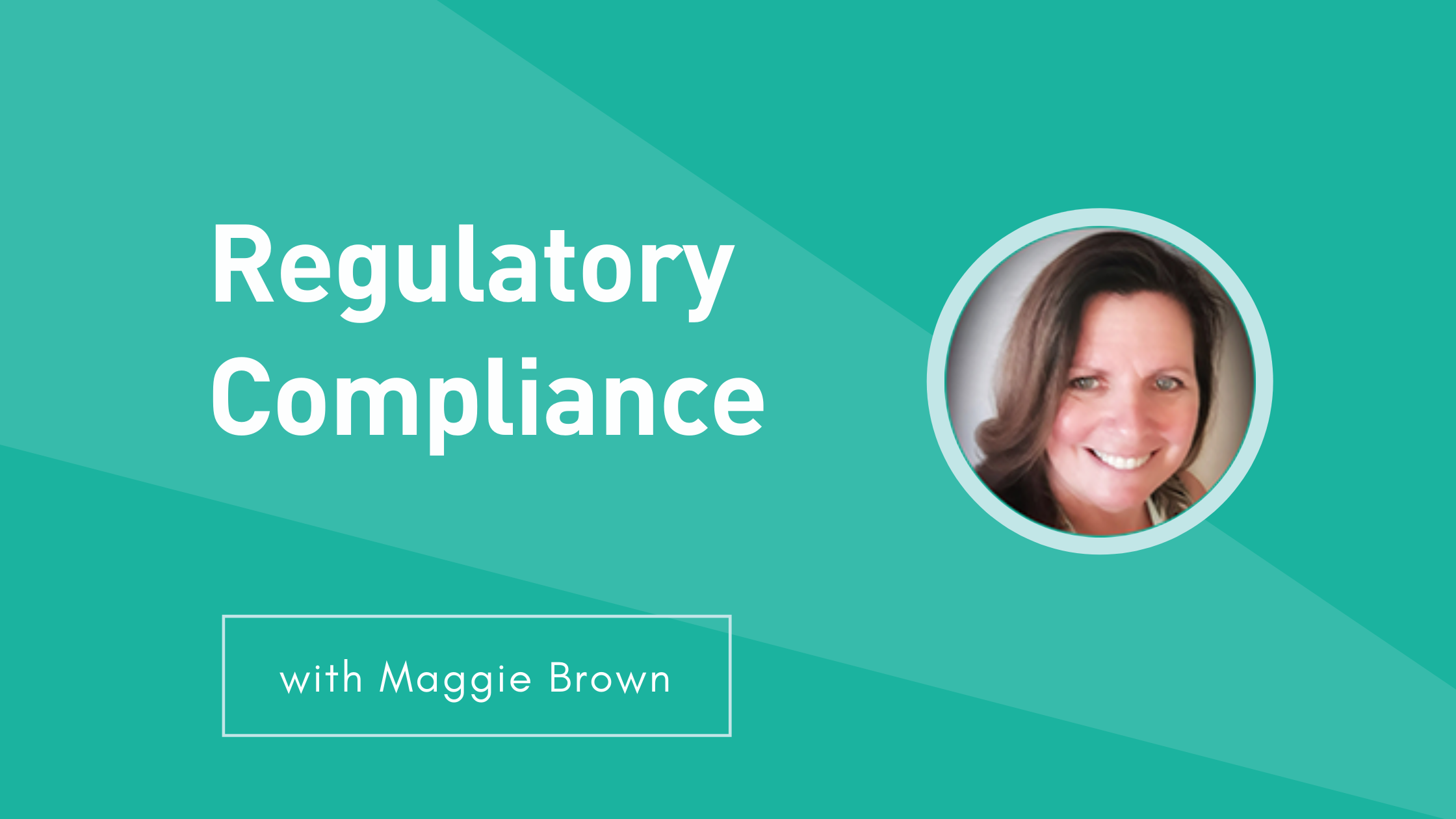As the 2022 open enrollment period comes to a close, health insurance industry leaders are facing a year of unprecedented change. For some, these changes are being embraced and viewed as an opportunity for growth. For others, the rapidly changing market dynamics will have them falling further and further behind. The difference? It’s all in the technology. IT systems that combine best-of-breed solutions with modern technological advancements that facilitate easy integration, fast implementations, and effortless upgrades will separate those who thrive and those who barely survive in the new year.
Growth in the Midst of Chaos
According to AHIP, the health insurance industry is experiencing significant growth as we look to the new year:
- 12.2 million Americans will buy coverage through the Affordable Care Act’s health insurance exchanges this year, the highest number of individuals since the program began.
- 213 health insurance providers will participate in the federal exchange this year, an increase of 15% from the previous year.
- 27 million Americans are now enrolled in Medicare Advantage plans, which represents the highest percentage of Medicare beneficiaries to date.
- 180 million Americans now receive their health coverage through employer-based health plans.
- 40 states have now chosen to partner with Medicaid MCOs and more than 75% of Medicaid enrollees are served by Medicaid managed care (MMC) programs.
In addition to evolving consumer behaviors, legislation regarding interoperability and transparency is gaining momentum. In 2022, payers will be required to focus on the implementation of foundational transparency requirements, such as the Machine Readable In Network and Allowed Amount Files, and the No Surprises Act consumer protections. Payers will also be required to collaborate on the method and standards for the Advanced Explanation of Benefits and Pricing Comparison Tools. The technology advancements required to ensure compliance may be leveraged, since the increased access to information and the implementation of standards provides new insights into member health, risk scoring, and health equity gaps.
Increased Choice = Increased Competition = Increased Opportunity
As the numbers above show, consumers now have more choices than ever before. As a result, health insurance providers now have more competition than ever before. For example, AHIP tells us that the average number of options individuals had to choose from in this year’s federal exchange was six to seven options, up from four to five just last year.
For those organizations that have embraced modern technologies, this competition is a welcome opportunity to gain market share and grow their lines of business. For those still burdened by legacy core claims, admin systems, and manual-dependent care management platforms, this competition creates new risks of being left behind in a market that appears to have no intention of slowing down.
Over the past several years, the complexities that health insurance business leaders must address have grown exponentially. From regulatory requirements embedded in the 21st Century Cures Act to consumer demand for greater transparency and more control, leaders now recognize the critical role their technology stacks play in the ability to keep pace with change.
At the same time, technology companies that have mastered automation in other industries such as financial services and manufacturing have set their sights on modernizing the healthcare industry. Companies like Microsoft, Amazon, and Apple have moved into healthcare, bringing with them powerful new data sources that legacy health systems cannot absorb and new approaches to solving age-old problems.
Modern systems, like those from HealthEdge’s next-generation solution suite, can help health plans embrace change and leverage the opportunity to become more nimble, more efficient, and more consumer-centric as they explore new markets and pursue new payment models with greater confidence.
Eric Decker, Senior Vice President of Information Technology and Chief Information Officer, Independent Health, noted, “About ten years ago, the Affordable Care Act created uncertainty as to whether our legacy [core claims administration] system could manage things like member-level benefits, or how it would perform and integrate with exchanges. We closely evaluated different products in the space at the time and immediately realized HealthRules® Payer enabled us to significantly cut down our new product development time. Now, what used to take weeks and months actually takes hours or days.”
Speed to Market Matters
With the right systems in place, health plans can not only better identify opportunities for growth and better member outcomes, but they are also able to act on those opportunities with greater speed and more precision.
For example, health insurance companies who leverage the integrated HealthEdge solutions, which include best-of-breed core claims processing, care management, payment integrity, and digital health management systems, are uniquely equipped to bring innovative plan designs and benefit configurations to market faster. HealthEdge customers can easily expand into new geographies and reach new populations with next-generation products that are highly configurable.
This new level of nimbleness that modern technology platforms bring to the table in 2022, will be the difference between those who grow and those who fall further behind.
How It Works
Organizations that use HealthEdge products can take advantage of flexible configurations, customizable workflows, and automated processes.
For example, the English-like language capabilities used in HealthRules Payer make it easier for health plans to design and bring new benefit products to market faster. That’s because it has been designed in a way that a benefits person thinks, not the way a core admin system works.
With HealthEdge Source®, health plans receive automatic updates on important data, such as fee schedule changes, rates, payment policies, and provider-level data, every two weeks instead of having to wait months to receive now-outdated information. GuidingCare®, HealthEdge’s care management platform, streamlines clinical workflows so care managers easily create care plans and ensure that members follow the plans for better outcomes.
“[With HealthRules Payer], we’re able to complete the solution design process as a series of benefit objects, so we don’t have to rebuild over and over again at the risk of increased costs and errors.”
– John Janney, Senior Vice President of Transformation at AmeriHealth Administrators
Lifting the IT Load
The features and configuration capabilities of the software system are only part of the speed equation. The ability to easily integrate best-of-breed solutions with other systems in a seamless manner eliminates the IT burden that often serves as a barrier to change among health plans with legacy claims processing and care management systems. The business can only move as fast as the systems can manage the changes.
Similarly, implementations of monolithic systems needed to support new lines of business or new markets can dramatically slow down the health plan’s ability to pursue new opportunities. Upgrades with new features create similar IT challenges and have the potential to disrupt business operations.
“[GuidingCare] was an incredible partner, great collaborator, and provided great teamwork. I have great appreciation for that. We have no regrets about choosing GuidingCare.”
– Clinical Director, 1M+ member health plan that was able to replace its legacy system with GuidingCare in three stages across its entire business in only nine months
With modern technology and proven processes, health plans have the opportunity to expand into new markets and drive new business opportunities without worrying about how to fit projects onto an already overloaded IT list.
“Adaptability in terms of the benefit configuration and allowing us to roll out new products without having to do massive coding projects is a big deal that we don’t have today (with HealthEdge).”
– Eric Decker, SVP of IT and CIO at Independent Health
Get Ready to Grow
Advancements in modern technology, like those from HealthEdge, are helping health insurance companies keep pace with the ever-growing demands from regulators and consumers. But the pace of change in 2022 will require health plans to accelerate their digital transformation journeys if they want to capitalize on growth opportunities.
Our product investment strategy at HealthEdge is focused on helping our customers migrate to more modern, interoperable, and composable systems that allow them to grow in the ways they want and when they want to.
To learn more about our best-of-breed solutions and how they work together with our broader ecosystem of solutions and partners, visit www.healthedge.com or contact us at [email protected].
“HealthEdge allows us to achieve speed to market with our products in the rapidly changing healthcare environment, with the capability to configure and implement products quickly and on the fly.”
– Dave Mika, VP, Enterprise Core Systems Operations, at Independent Health and user of HealthRules Payer





